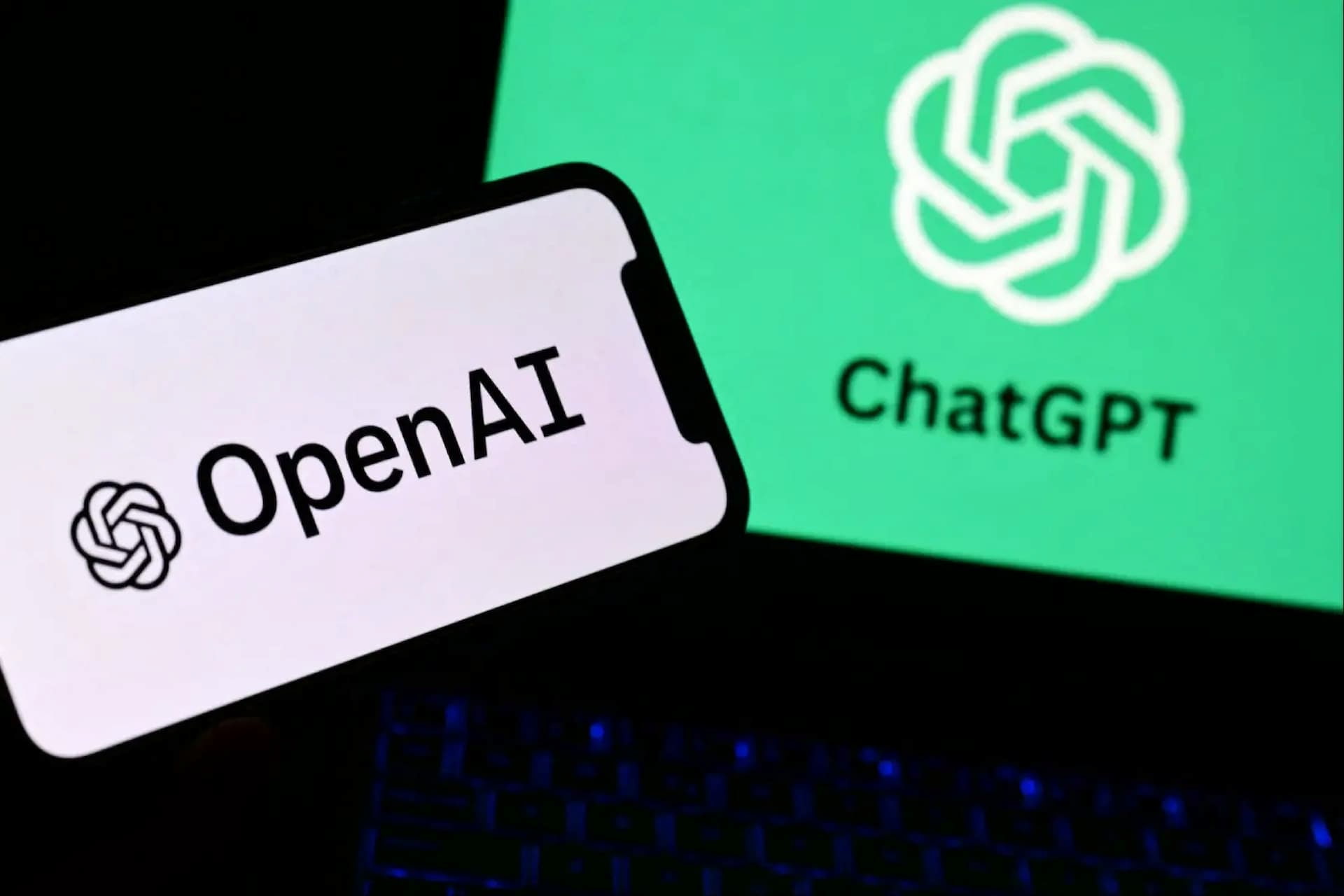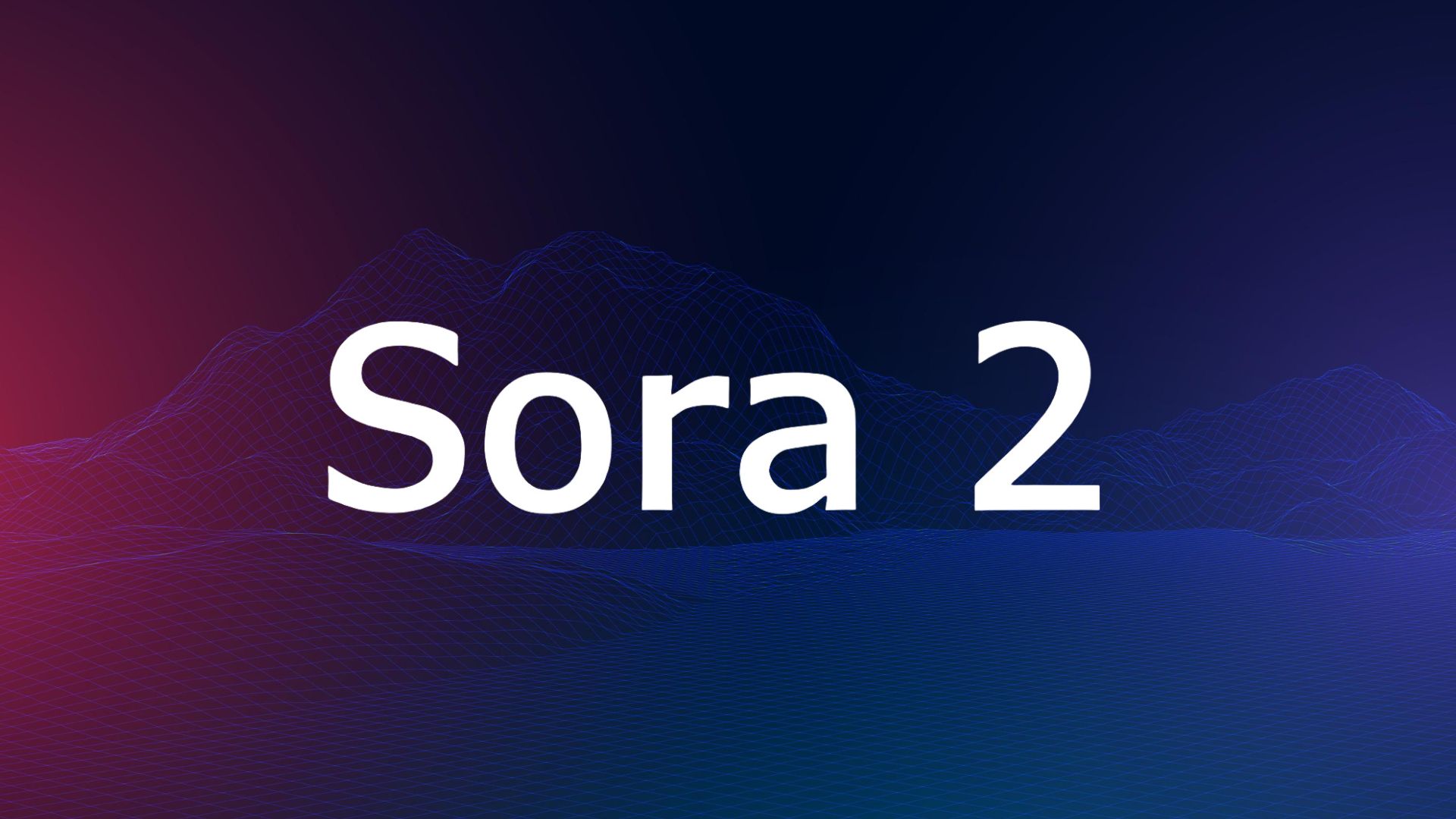The US startup OpenAI has broadened access to its affordable ChatGPT Go plan, now available in 16 additional countries across Asia, including Malaysia, Vietnam, the Philippines, Pakistan, and Thailand.
Priced at under $5 per month, the plan offers local currency payments in select regions, while others will pay in USD with tax-adjusted variations.
ChatGPT Go gives users higher message and image-generation limits, increased upload capacity, and double the memory of the free plan.
A move that follows significant regional growth (Southeast Asia’s weekly active users increasing fourfold) and builds on earlier launches in India and Indonesia, where paid subscriptions have already doubled.
The expansion intensifies competition with Google, which recently introduced its Google AI Plus plan in more than 40 countries. Both companies are vying to attract users in fast-growing markets with low-cost AI access, each blending productivity and creative tools into subscription offerings.
At OpenAI’s DevDay 2025 in San Francisco, CEO Sam Altman announced that ChatGPT’s global weekly active users have reached 800 million.
OpenAI is also introducing in-chat applications from partners like Spotify, Zillow, and Coursera, signalling a shift toward transforming ChatGPT into a broader AI platform ecosystem.
Would you like to learn more about AI, tech and digital diplomacy? If so, ask our Diplo chatbot!










